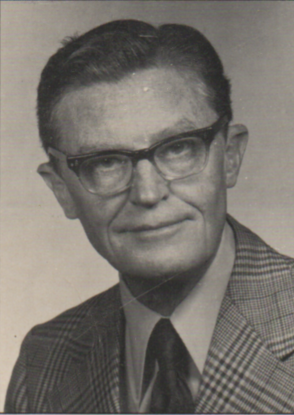Has there ever been so underappreciated a writer as Lubor J. Zink? Was ever one so misunderstood? Even enthusiastic supporter Peter Worthington, who supped with the man, didn't get it. The late Toronto Sun publisher embarrassed himself writing in his Foreword to Viva Chairman Pierre, Zink's comedic masterwork, that the author had been described as "a Jeremiah by some, a prophet by others".
I'm being unfair. Looking to the Toronto Sun in matters religious is akin to consulting the tabloid on… oh, let's say, politics. For goodness sake, they have papers to sell. And to be perfectly honest, I'll take fin de l'année Sunshine Girl "Amanda" over the Weeping Prophet every time.
The only publication that can be said to have truly recognized Zink's genius was National Lampoon. That he was featured in the very first instalment of its Bombardier Guide to Canadian Authors (March 1978) makes perfect sense. That he was placed between Robertson Davies and Northrop Frye is perfectly appropriate. Mr Zink was a master of humour and language, and thus most deserving of the four (of five) snowmobiles awarded for his work:
Zink, Lubor J. (Pre-war) Believed to be pseudonym of Toronto Sun columnist and National Lampoon contributor Mackenzie Porter, Zink is well-known for his regular newspaper column in which he drolly mimics the demented ravings of a scoutmaster suffering from varicose brains. A great satirical writer in the tradition on Radelais, Swift, and Ayn Rand.The entry, which I believe was penned by Brian Shein, marks the start of a true understanding of Zink and his work. While I have don't believe Mackenzie Porter and Lubor J. Zink to be one and the same, doubts do linger. The great shame is that the foundation laid by Mr Shein thirty-four years ago has yet to be built upon.
May 2014 bring greater things!
A Happy New Year to all!
Related post:




























